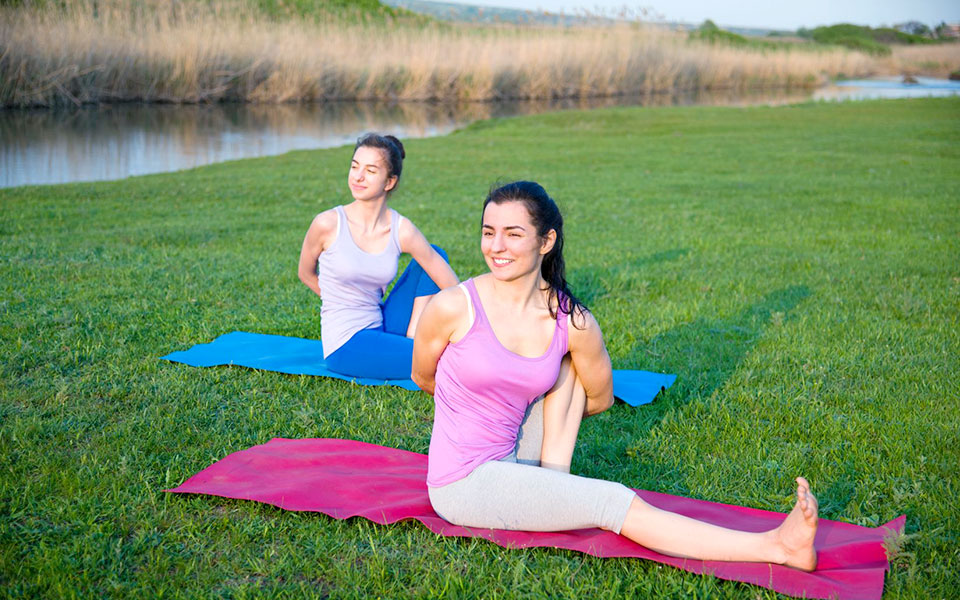Is running your physical workout preference? Or is yoga your personal ticket to health? These two activities may appear at opposite ends of the spectrum, but they are not necessarily exclusive. By combining running with yoga, you can create an ideal cross-training regimen.
Cross-training is important for overall fitness, and athletes who balance running with yoga enjoy the best of both worlds. During an average mile run, your foot hits the ground nearly 1,000 times. This constant force of impact contributes to bad knees, bad backs, tight muscles and sore feet.
Most runners experience these problems from time to time, but the pain they feel is not generally from the running itself. Rather, the pain stems from numerous imbalances. Yoga brings balance to the body. Combining the two marries strength with flexibility.

Benefits of Yoga for Runners
Runners who stick with their discipline are usually structured, balanced athletes who can handle the physical stress of running. However, they may find the imbalances harder to survive. As a result, injury or chronic pain may sideline them.
If running is your primary workout, you probably experience too much muscle tightening and shortening and not enough loosening and restoration. To avoid injury, your body may overcompensate by working around the instabilities of your sport. This can lead to muscle, bone and joint stress.
The practice of yoga has an internal focus that centres on your body’s movements rather than the outcome of your run. Adding yoga to your cross-training regimen can improve your balance, strength and range of motion. Yoga will teach you to coordinate your breathing with each movement. The result is an integration of body, mind and breath.
As well as easing the physical strains of running, yoga teaches you how to cultivate body confidence and wisdom. Runners who understand their body and how it works respond better to the messages it sends. For example, runners typically enjoy a “feel good” experience produced by endorphins. While these chemicals serve as natural painkillers, they also mask injury or illness. Without the body intuition learned through yoga, runners may ignore important signals.

Running: An Extension of Yoga
Running expands the exercise horizons for people who practise yoga. Since traditional yoga does not generally raise the heart rate high enough or long enough for true cardio benefits, running provides the necessary aerobic activity. It also develops a kind of strength that yoga movements cannot offer.
Running, particularly outdoor workouts, enable you to take yoga to a higher level. The strength and endurance gained from running can help you go deeper and longer into yoga.
Since running is a repetitive activity, many athletes find it meditative; one athlete called it a “moving meditation.” Like yoga, running offers moments of mental clarity. Some yoga practitioners actually see running as an extension of their yoga classes.
Whether running or yoga is your primary exercise choice, consider combining the two into a cross-training regimen. Athletes who do both enjoy the benefits of increased strength, endurance, flexibility, mental clarity and better range of motion.





